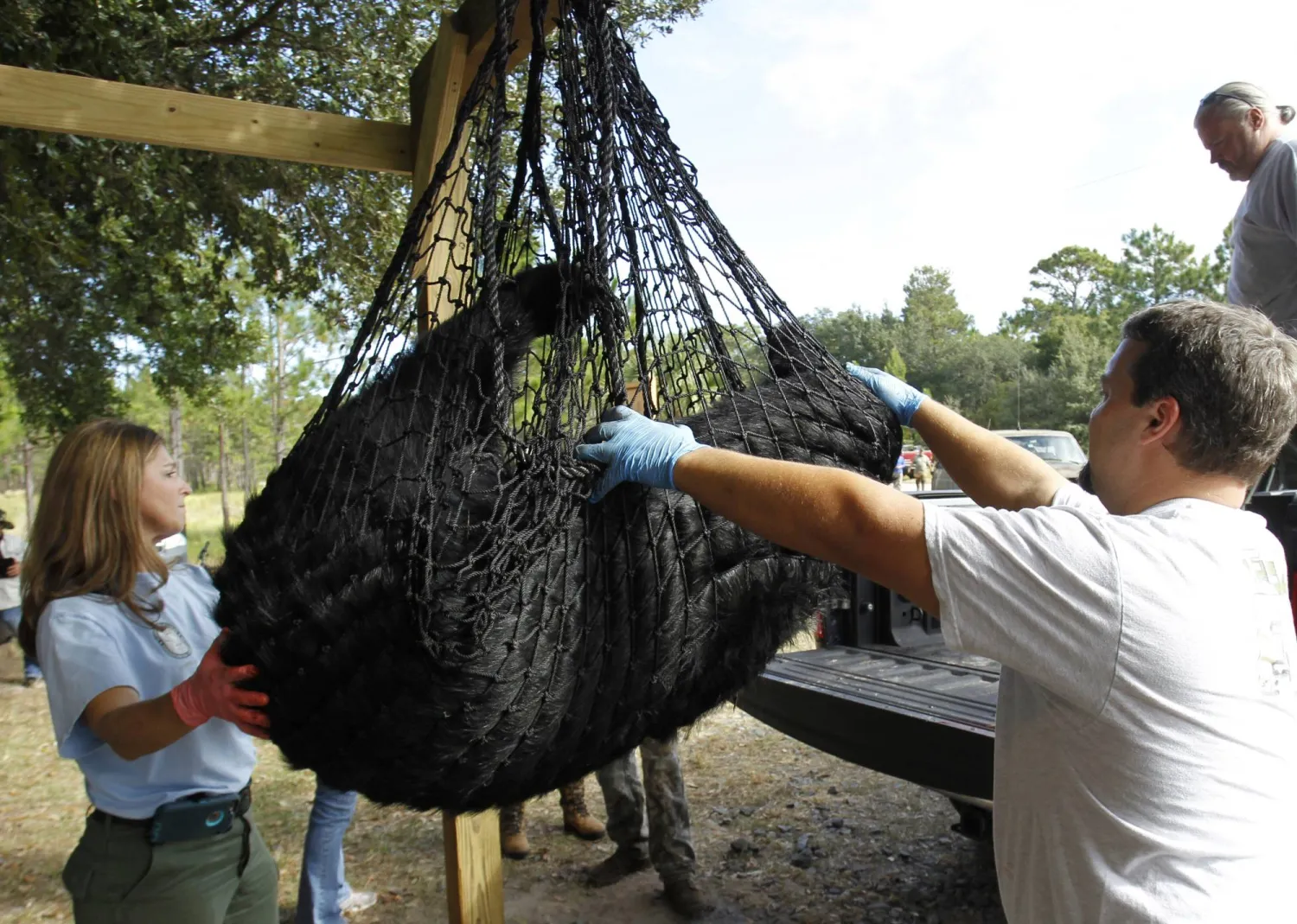Rust-colored piles of mine waste and sun-bleached wooden derricks loom above the historic Colorado mountain town of Leadville — a legacy of gold and silver mines polluting the Arkansas River basin more than a century after the city’s boom days.
Enter a fledgling company called CJK Milling that wants to “remine” some of the waste piles to squeeze more gold from ore discarded decades ago when it was less valuable. The waste would be trucked to a nearby mill, crushed to powder and bathed in cyanide to extract trace amounts of precious metals.
The proposal comes amid surging global interest in re-processing waste containing discarded minerals that have grown more valuable over time and can now be more readily removed. These include precious metals and minerals used for renewable energy that many countries including the US are scrambling to secure, according to The AP.
Backers say the Leadville proposal would speed cleanup work that’s languished for decades under federal oversight with no foreseeable end. They speak in aspirational tones of a “circular economy” for mining where leftovers get repurposed.
Yet for some residents and officials, reviving the city’s depressed mining industry and stirring up waste piles harkens to a polluted past, when the Arkansas was harmful to fish and at times ran red with waste from Leadville’s mines.
“We’re sitting in a river that 20 years ago fish couldn’t survive,” Brice Karsh, who owns a fishing ranch downstream of the proposed mill, said as he threw fish pellets into a pool teeming with rainbow trout. “Why go backward? Why risk it?”
Leadville – home to about 2,600 people and the National Mining Museum -- bills itself as America’s highest city at 10,119 feet (3,0084 meters) above sea level. That distinction helped the city forge a new identity as a mecca for extreme athletes. Endurance race courses loop through nearby hillsides where millions of tons of discarded mine waste leached lead, arsenic, zinc and other toxic metals into waterways.
The driving force behind CJK Milling is Nick Michael, a 38-year mining veteran who characterizes the project as a way to give back to society. Standing atop a heap of mining waste with Colorado’s highest summit, Mount Elbert, in the distance, Michael says the rubble has a higher concentration of gold than many large mines now operating across the US.
“In the old days, that wasn’t the case,” he said, “but the tables have turned and that’s what makes this economic ... We’re just cleaning up these small piles and moving on to the next one.”
City Council member Christian Luna-Leal grew up in Leadville — in a trailer park with poor water quality — after his parents immigrated from Mexico.
Disadvantaged communities have always borne the brunt of the industry’s problems, he said, dating to Leadville’s early days when mine owners poorly treated Irish immigrants who did much of the work. Almost 1,300 immigrants, most Irish, are buried in paupers graves in a local cemetery.
Stirring up old mine waste could reverse decades of cleanup, Luna-Leal said, again fouling water and threatening the welfare of residents including Latinos, many living in mobile homes on the town’s outskirts.
“There is a genuine fear ... by a lot of our community that this is not properly being addressed and our concerns are not being taken as seriously as they should be,” Luna-Leal said.
The company’s process doesn’t get rid of the mine waste. For every ton of ore milled, a ton of waste would remain – minus a few ounces of gold. At 400 tons a day, waste will stack up quickly.
CJK originally planned to use a giant open pit to store the material in a wet slurry. After that was rejected, the company will instead dry waste to putty-like consistency and pile it on a hill behind the mill, Michael said. The open pit downslope would act as an emergency catchment if the pile collapsed.
The magnitude of mining waste globally is staggering, with tens of thousands of tailings piles containing 245 billon tons (223 billion metric tons), researchers say. And waste generation is increasing as companies build larger mines with lower grades of ore, resulting in a greater ratio of waste to product, according to the nonprofit World Mine Tailings Failures.
This month, gold prices reached record highs, and demand has grown sharply for critical minerals such as lithium used in batteries.
Economically favorable conditions mean remining “has caught on like wildfire,” said geochemist Ann Maest, who consults for environmental organizations including EarthWorks. The advocacy group is a mining industry critic but has cautiously embraced remining as a potential means of hastening cleanups through private investment.
CJK Milling could help do that in Leadville, Maest said, but only if done right. “The rub is they want to use cyanide, and whenever a community hears there’s cyanide or mercury they understandably get very concerned,” she said.
Overseeing Leadville’s water supply is Parkville Water District Manager Greg Teter, who views CJK Milling as potential solution to water quality problems.
Many waste piles sit over the district’s water supply, and Teter recalls a blowout of the Resurrection Mine compelled residents to boil their water because the district’s treatment plant couldn’t handle the dirt and debris.
More constant is the polluted runoff during spring and summer, when snowmelt from the Mosquito mountains washes through mine dumps and drains from abandoned mines.
Every minute, 694 gallons (2,627 liters) on average of contaminated mine water flows from Leadville’s Superfund site, according to federal records. Most is stored or funneled to treatment facilities, including one run by the US Bureau of Reclamation.
Up to 10% of the water is not treated — tens of millions of gallons annually carrying an estimated six tons of toxic metals, US Environmental Protection Agency records show. By comparison, during Colorado’s 2015 Gold King Mine disaster that fouled rivers in three states, an EPA cleanup crew inadvertently triggered release of 3 million gallons (11.4 million liters) of mustard-colored mine waste.
As long as Leadville’s piles remain, their potential to pollute continues.
“There are literally thousands of mine claims that overlay each other,” Teter said. “We don’t want that going into our water supply. As it stands now, all the mine dumps are ... in my watershed, upstream of my watershed, and if they remove them, and take them to the mill, that’s going to be below my watershed.”
EPA lacks authority over CJKs proposed work, but a spokesperson said it had “potential to improve site conditions” by supplementing cleanup work already being done. Moving the mine waste would eliminate sources of runoff and could reduce the amount of polluted water to treat, said EPA spokesperson Richard Mylott.
Other examples of remining in the Rockies are in East Helena and Anaconda, Montana and in Midvale, Utah, Mylott said. Projects are proposed in Gilt Edge, South Dakota and Creede, Colorado, he said.
Despite the mess from Leadville’s historic mining, Teter spoke proudly of his industry ties, including working in two now-closed mines. His son in law works in a nearby mine.
“If it were not for mining, Leadville would not be here. I would not be here,” the water manager said.
“There are no active mines in our watershed, but I’m confident in what CJK has planned,” he said. “And I’ll be able to keep an eye on whatever they do.”









